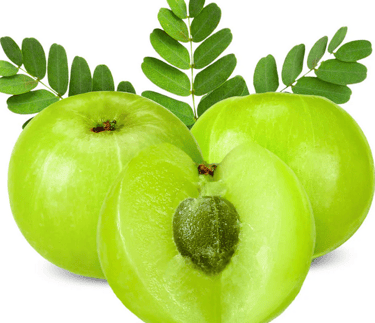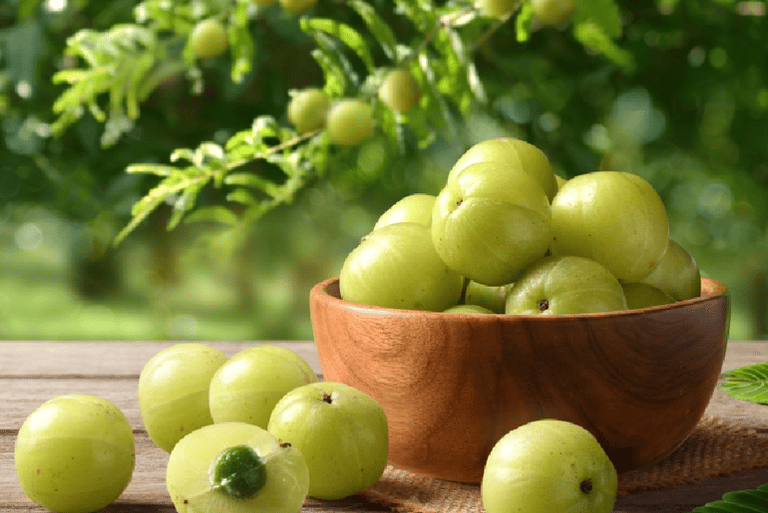Fall & Spooky Season teas will disappear on Nov. 19 to make room for Yule Season blends on Nov. 20! If you have a fall favorite, stock up now!
Herb of the Week: Amla (it's really a fruit)
If you haven't heard of Amla before, come learn about this fruit used in Ayurvedic medicine.
8/11/20251 min read


Not a lot of people have even heard of Amla (emblica officinalis), unless you have an interest in Ayurveda medicine. This extremely tart fruit has been used in India for a long time in many forms - fresh, powdered, and juice (as well as its leaves). It's also known as Indian Gooseberry. But, what can it do?
Amla has benefits for both external AND internal uses. Externally, it's used in skincare products because it helps promote elasticity and increases hydration to the skin (mostly due to its antioxidants). It's also been used externally for hair health and has even been rumored to stop the graying process (I might have to test this one, lol). Internally, it is an antioxidant and anti-inflammatory so it can help boost the immune system, the cardiovascular system, and the liver. It's also been shown to help regulate blood sugar. If you already have low blood sugar, you may want to steer clear of this particular herb, though. Small amounts can be helpful to your digestive system but large amounts may give you some GI issues.
Now, is there anything you can use Amla for in witchcraft? You bet your beautiful cauldron there is! Amla is a great protection, cleansing, and purification herb and can be used in those spells. It is also considered a "cooling" energy in Ayurveda which means you can use this in a calm and peace spell (if your home is chaotic, doing a peace spell might help calm those energies down). Amla is also associated with the Crown Chakra and it has a strong connection to spirit so using it in a tea or to anoint candles could help establish that connection.
Have you used Amla before? What ways did you use it and how was the outcome?


